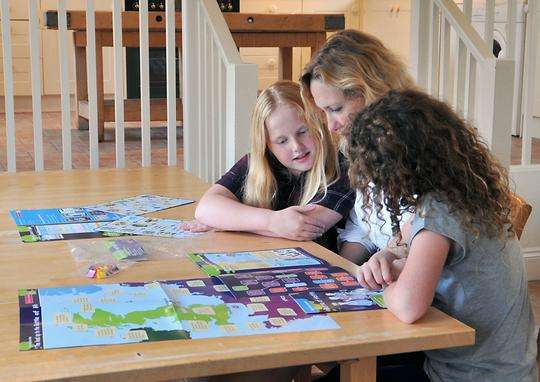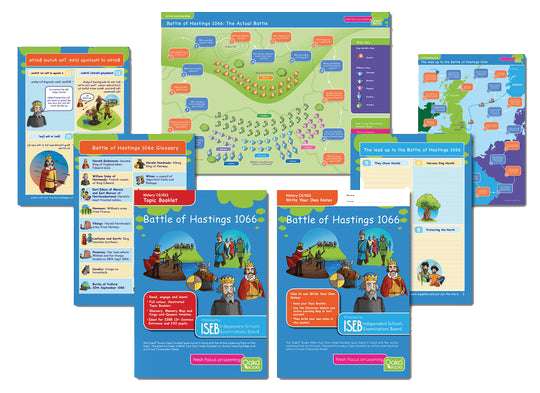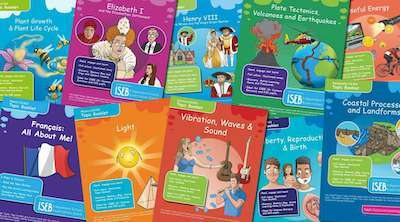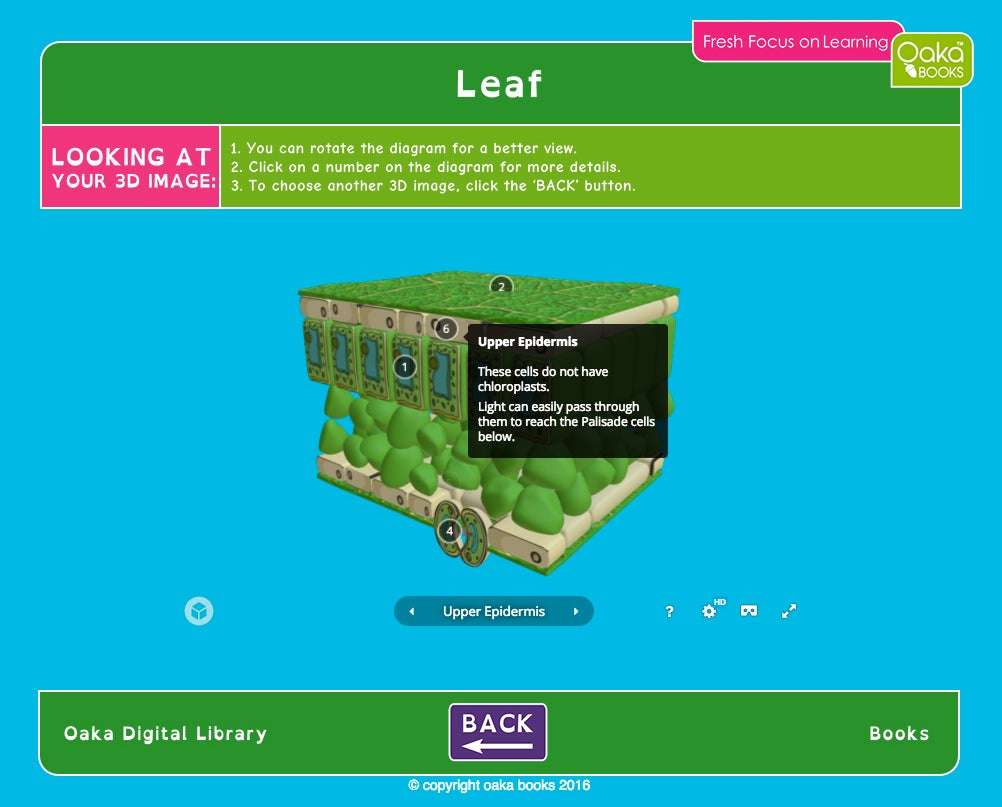Imagine standing at the base of a mountain, looking up at the peak. This mountain represents the world of maths revision, and for parents of children with special educational needs (SEN), it can often feel like an insurmountable climb. But just as every mountain can be conquered with the right preparation and tools, so too can the challenges of helping your child succeed in maths.
As a parent, you know your child better than anyone. You understand their unique strengths and the obstacles they face. Our goal is to provide you with practical, actionable tips that will make the revision process not only manageable but also enjoyable. By tailoring your approach to fit your child’s needs, you can transform the daunting task of maths revision into a journey of discovery and achievement.
Table of Contents
Understanding Your Child’s Needs
Every child is a unique puzzle, with pieces that fit together in their own special way. When it comes to maths revision, understanding your child’s individual needs is the first step towards success. Think of it as mapping out the trail before you begin your climb, ensuring you have a clear path to follow.
Identifying Strengths and Weaknesses
Begin by identifying your child’s strengths and weaknesses in maths. This might seem straightforward, but it requires a keen eye and a compassionate heart. Notice where they shine and where they struggle. Is your child quick to grasp visual patterns but slower with numerical calculations? Do they excel at practical problems but find abstract concepts challenging? By pinpointing these areas, you can tailor your revision approach to build on their strengths and address their weaknesses.
Assessing Preferred Learning Methods
Next, consider your child’s preferred learning methods. Every child has a unique learning style, and understanding this can make a significant difference. Some children are visual learners, needing to see concepts laid out in diagrams or pictures. Others might be auditory learners, benefiting from verbal explanations and discussions. There are also kinaesthetic learners who thrive when they can physically manipulate objects to understand concepts.
For example, if your child is a visual learner, incorporating colourful charts and diagrams into their revision can make complex topics more digestible. If they are more auditory, try explaining concepts out loud or using educational videos. For kinaesthetic learners, hands-on activities like using fraction tiles or drawing out problems can be incredibly effective.
Creating a Supportive Learning Environment
Finally, creating a supportive learning environment is crucial. This isn’t just about having a quiet place to study; it’s about fostering a space where your child feels safe and encouraged to explore and make mistakes. A positive, patient attitude can work wonders in boosting your child’s confidence and motivation.
Imagine your child’s learning space as a garden. It needs to be nurtured with patience and understanding, allowing them to grow and flourish at their own pace. Encourage them to ask questions, and celebrate their achievements, no matter how small. Remember, every step forward is progress, and every mistake is an opportunity to learn.
By understanding and catering to your child’s individual needs, you lay a solid foundation for effective maths revision. This personalised approach not only makes learning more accessible but also helps your child build confidence in their abilities, setting them up for success in their educational journey.
Creating a Structured Revision Plan
Just as a gardener plans the layout of their garden to ensure each plant has the best chance to thrive, creating a structured revision plan for your child can make a world of difference. A well-organised plan not only provides clarity and direction but also helps manage the workload, making the revision process less overwhelming for both you and your child.
Breaking Down the Syllabus
Begin by breaking down the maths syllabus into manageable chunks. Imagine the syllabus as a large puzzle, and your job is to sort the pieces into small, easy-to-handle groups. This can be done by topics, such as fractions, algebra, or geometry. By tackling one piece at a time, your child can focus on mastering each concept without feeling swamped.
Setting Realistic Goals and Milestones
Setting realistic goals and milestones is like placing markers along a hiking trail. These markers guide the way and provide a sense of accomplishment as each one is reached. Work with your child to set daily or weekly goals that are challenging yet attainable. Celebrate these small victories, as they build momentum and confidence.
Incorporating Regular Breaks
Just as athletes need rest periods to recover and perform their best, regular breaks are essential for maintaining focus and preventing burnout during revision sessions. Plan short, frequent breaks between study periods. These breaks could involve a quick walk, a snack, or a fun activity, helping to refresh your child’s mind and keep them engaged.
Using Visual Aids for Organisation
Visual aids like calendars, charts, and timetables can be incredibly helpful in organising the revision plan. They provide a clear visual representation of what needs to be done and when. This not only aids in time management but also gives your child a sense of control and predictability, which can be very reassuring.
Using Effective Learning Resources
Imagine you’re an explorer setting out on a journey. To reach your destination successfully, you need the right tools and maps. The same principle applies to maths revision: having the right resources can significantly enhance your child’s learning experience.
Introduction to Oaka Books’ Revision Guides
Specialised resources like Oaka Books’ “Maths Fractions 1” and “Maths Fractions 2” guides are tailored to meet the needs of SEN students. These guides are like having a knowledgeable guide by your side, providing clear, simplified explanations and engaging visuals that make complex concepts easier to understand.
Features of Oaka Books’ Guides
Oaka Books’ revision guides are designed with SEN students in mind. They use straightforward language and step-by-step instructions, avoiding the jargon that can often confuse and overwhelm. The guides are filled with colourful illustrations and practical exercises that turn abstract concepts into tangible, understandable ideas. This approach is particularly beneficial for visual and kinaesthetic learners.
Benefits for SEN Students
For children with dyslexia or other learning challenges, traditional textbooks can be a barrier to learning. Oaka Books’ guides break down these barriers by presenting information in a way that is accessible and engaging. By using these resources, you can provide your child with the tools they need to succeed, transforming revision from a daunting task into a manageable and even enjoyable activity.
Incorporating Multi-Sensory Learning Techniques
Think of multi-sensory learning techniques as a symphony where different instruments come together to create a harmonious performance. By engaging multiple senses, you can enhance your child’s understanding and retention of maths concepts.
Use of Manipulatives
Manipulatives, such as fraction tiles, number lines, and counting blocks, are excellent tools for hands-on learning. They allow children to physically manipulate objects to see and understand mathematical relationships. For example, using fraction tiles to visually compare different fractions can make abstract concepts more concrete and comprehensible.
Interactive Activities
Interactive activities, such as drawing, colouring, and building models, can make learning more engaging and fun. Encourage your child to draw diagrams or create colourful charts that represent mathematical problems. These activities not only aid understanding but also cater to creative and kinaesthetic learners.
Audio Resources and Verbal Explanations
For auditory learners, incorporating audio resources and verbal explanations can be very effective. This could involve reading problems out loud, discussing solutions together, or using educational videos and audio books. Listening to explanations can help reinforce concepts and provide an alternative way of processing information.
Online Tools and Apps
The digital world offers a plethora of tools and apps designed to support maths learning. Interactive games, quizzes, and educational apps can provide additional practice and reinforcement. These tools often offer instant feedback, allowing your child to learn from their mistakes and improve their skills in a fun and interactive way.
By incorporating multi-sensory learning techniques, you can create a rich, engaging learning environment that caters to your child’s unique needs and preferences. This holistic approach not only makes learning more enjoyable but also helps your child build a deeper, more lasting understanding of maths concepts.
Encouraging Active Learning and Problem-Solving
Active learning and problem-solving are like the fuel that powers the engine of understanding. When children engage with maths actively, they move from passive receivers of information to active participants in their learning journey.
Practice Real-World Problems
Incorporating real-world problems into revision can make abstract concepts come alive. For example, use everyday situations, such as shopping or cooking, to illustrate mathematical principles. Ask your child to calculate the total cost of groceries or measure ingredients for a recipe. These practical applications help children see the relevance of maths in their daily lives and reinforce their understanding.
Encouraging Explanation and Reasoning
Encourage your child to explain their reasoning and methods. This can be likened to teaching someone how to ride a bike; explaining each step helps to solidify their understanding. Ask them to talk through their problem-solving process, which not only clarifies their thinking but also identifies any gaps in their knowledge.
Collaborative Learning
Learning together can be incredibly beneficial. Collaborate with your child on maths problems or involve siblings and friends in study sessions. This collaborative approach builds confidence and allows children to learn from different perspectives. It’s like assembling a puzzle together, where each person contributes a piece to the bigger picture.
Puzzles and Games
Incorporate puzzles and games into the revision process. Maths-related puzzles, logic games, and strategy games can make learning fun and engaging. They challenge the brain in different ways and foster critical thinking skills. This gamified approach transforms revision from a chore into an enjoyable activity.
Regular Review and Feedback
Just as a gardener regularly checks the progress of their plants, regular review and feedback are essential in the learning process. This ensures that your child stays on track and continuously improves.
Regular Quizzes and Mock Tests
Regular quizzes and mock tests can help gauge your child’s progress and identify areas that need further attention. These assessments act as checkpoints along the revision journey, providing a clear picture of what has been mastered and what still needs work.
Positive Reinforcement
Positive reinforcement is a powerful motivator. Celebrate your child’s achievements, no matter how small. Praise their efforts and progress, rather than just their results. This approach builds self-esteem and encourages a growth mindset, where challenges are viewed as opportunities to learn and grow.
Learning from Mistakes
Mistakes are a natural part of the learning process. Encourage your child to view mistakes as valuable learning opportunities rather than failures. Discuss what went wrong and how they can improve. This reflective practice fosters resilience and problem-solving skills.
Involving Teachers
Teachers can provide additional insights and support. Maintain open communication with your child’s teachers to understand their progress and any specific challenges they face. Teachers can offer tailored advice and resources to complement your revision efforts at home.
Conclusion: Empowering Your Child for Success
Summing up, the journey of maths revision is akin to a carefully tended garden. With the right tools, planning, and nurturing, your child can flourish and thrive. By understanding their individual needs, creating a structured plan, utilising effective resources, incorporating multi-sensory learning techniques, encouraging active learning, and maintaining regular review and feedback, you can transform the revision process into a rewarding and successful experience.
Remember, every small step forward is progress, and every effort you put in today paves the way for your child’s success tomorrow. By adopting these strategies, you empower your child not just to succeed in maths, but to develop a lifelong love of learning.
As you embark on this journey, consider leveraging resources like Oaka Books’ maths revision guides, specifically designed to support SEN students. These guides can be invaluable tools in your arsenal, providing structured, accessible, and engaging content tailored to your child’s needs.
Together, we can help your child conquer the mountain of maths revision, step by step, with confidence and resilience. Your dedication and support make all the difference, turning challenges into achievements and potential into reality.





